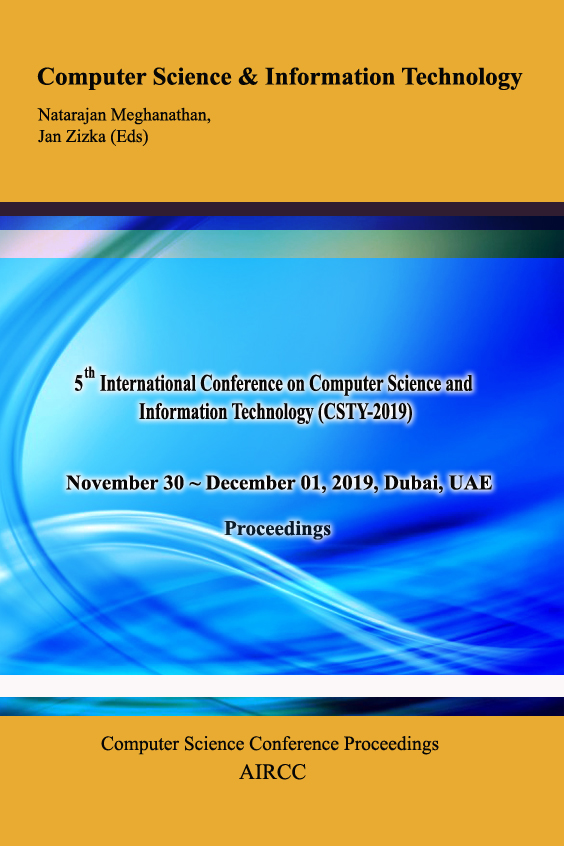Volume 9, Number 17, December 2019
Star Ensemble: A Novel Algorithm for Spatio-Temporal Data Decomposition and Interpolation.
Authors
James Monks and Liwan Liyanage, Western Sydney University, Australia
Abstract
Spatio-temporal data is becoming increasingly prevalent in our society. This has largely been spurred on from the capability of building arrays and sensors into everyday items, along with highly specialised measuring equipment becoming cheaper. The result of this prevalence can be seen in the wealth of data of this kind that is now available for analysis. This spatiotemporal data is particularly useful for contextualising events in other data sets by providing background information for a point in space and time. Problems arise however, when the contextualising data and the data set of interest do not align in space and time in the exact way needed. This problem is becoming more common due to the precise data recorded from GPS systems not overlapping with points of interest and not being easily generalised to a region. This is Interpolating data for the points of interest in space and time is important and a number of methods have been proposed with varying levels of success. These methods are all lacking in usability and the models are limited by strict assumptions and constraints. This paper proposes a new method for the interpolation of points in the patio-temporal scope, based on a set of known points. It utilises an ensemble of models to take into account the nuanced directional effects in both space and time. This ensemble of models allows it to be more robust to missing values in the data which are common in spatio-temporal data sets due to variation in conditions across space and time. The method is inherently flexible, as it can be implemented without any further customisation whilst allowing for the user to input and customise their own underlying model based on domain knowledge. It addresses the usability issues of other methods, accounts for directional effects and allows for full control over the interpolation process.
